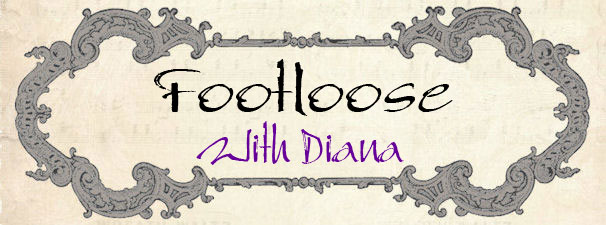Set in an area called "the Czech Canada" for its pine and spruce forests, Slavonice is a 13th-century town with plenty of Gothic and Renaissance architecture, a system of tunnels underneath the town, and sgraffito older than any outside of Prague. It had a tough time under Communism because of its proximity to the Austrian border - no one could move in and property could not be sold or inherited.
There's a restored house here, owned by Italians now, which has been made over into a museum of household and farm implements, costumes, etc. Note the age of the building:
This room houses a remarkable gallery of painting of scenes of the Apocalypse taken from an 18th-century German Bible
Plenty to see besides the town, too. The nearby hamlet of Maříž is known as an artist colony, particularly for its ceramics:
We also visited the ruins of picturesque Landštejn Castle, which gives a fabulous view of the surrounding countryside. Then:
Nearby is an open-air museum of bunkers built at vast expense in response to the perceived threat from Germany (justified, as it turned out, since the Munich Treaty - at which they had no say - sold the Sudentenland to the Nazis); these were later used by the Communists to keep Czechs from escaping, in unpleasant irony.
We had a home-hosted dinner in the nearby hamlet of Mutisov in a wonderful old compound with a beautiful vegetable, fruit and flower garden with guardian geese.
Our hostess made her apple pie with grated apples - delicious! We were also served a tomato-based cabbage soup, followed by stuffed peppers and dumplings.
Yes, a fountain with the Rosemberk symbol...
There's a restored house here, owned by Italians now, which has been made over into a museum of household and farm implements, costumes, etc. Note the age of the building:
12th-century wattle & daub wall...
...backing a room whose wood-paneling was painted with ox blood to repel insects.
This room houses a remarkable gallery of painting of scenes of the Apocalypse taken from an 18th-century German Bible
Plenty to see besides the town, too. The nearby hamlet of Maříž is known as an artist colony, particularly for its ceramics:
We also visited the ruins of picturesque Landštejn Castle, which gives a fabulous view of the surrounding countryside. Then:
Now:
Nearby is an open-air museum of bunkers built at vast expense in response to the perceived threat from Germany (justified, as it turned out, since the Munich Treaty - at which they had no say - sold the Sudentenland to the Nazis); these were later used by the Communists to keep Czechs from escaping, in unpleasant irony.
Our hostess made her apple pie with grated apples - delicious! We were also served a tomato-based cabbage soup, followed by stuffed peppers and dumplings.
















































No comments:
Post a Comment